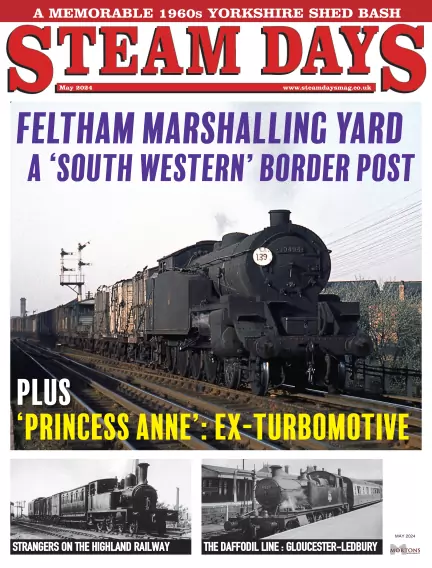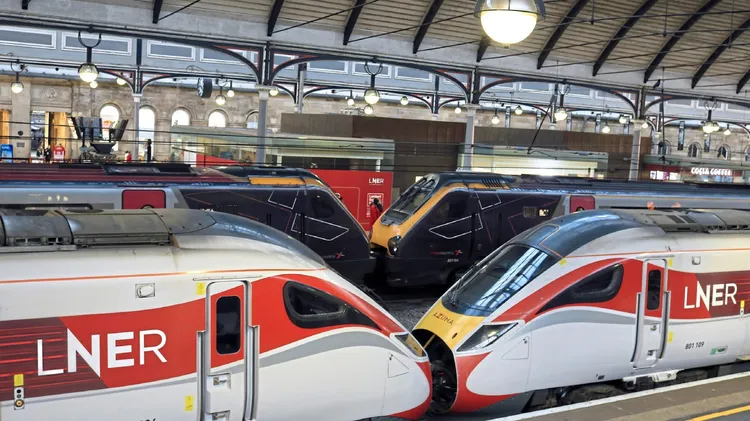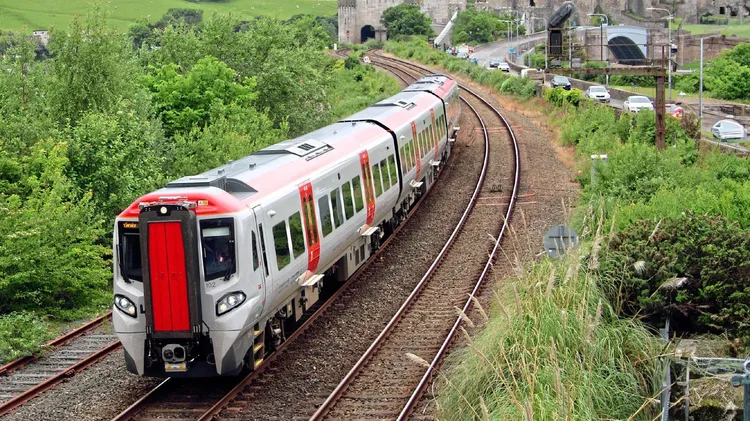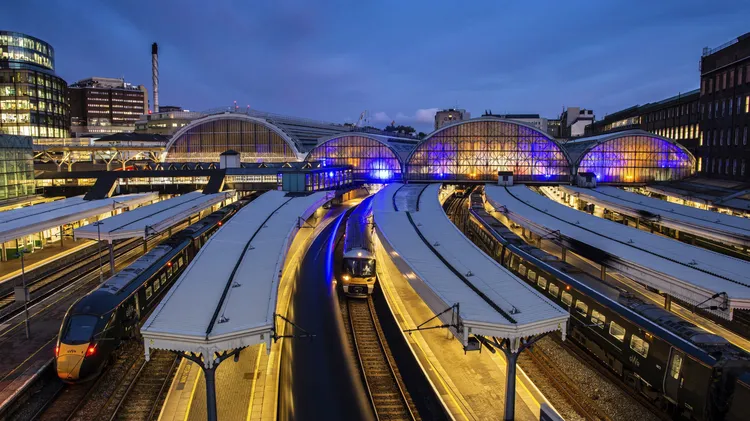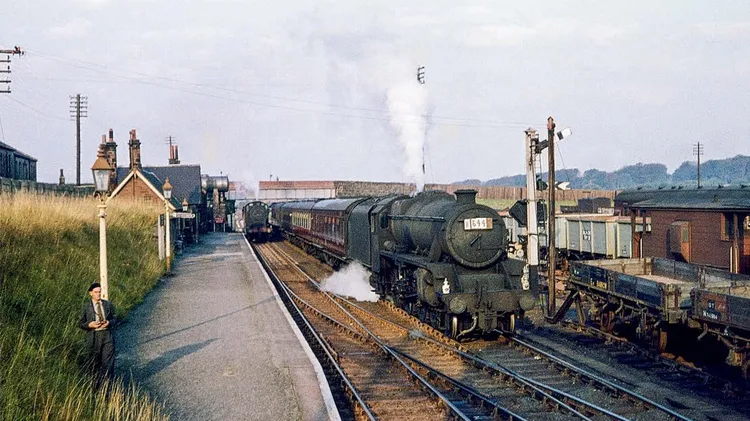Constructed by the L&SWR to aid the flow
Feltham marshalling yard: a south western border post
32 min read
This article is from...
Read this article and 8000+ more magazines and newspapers on Readly
